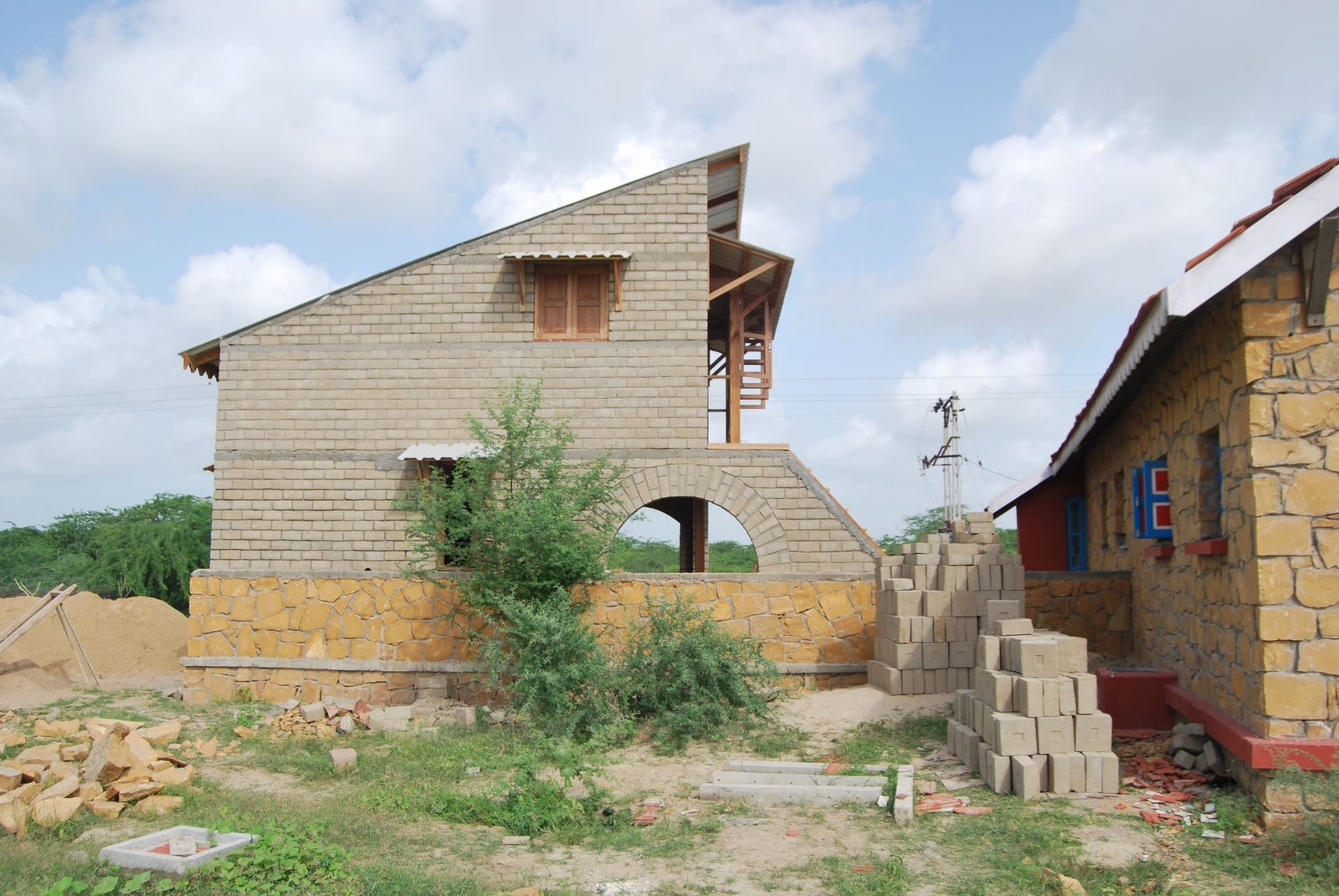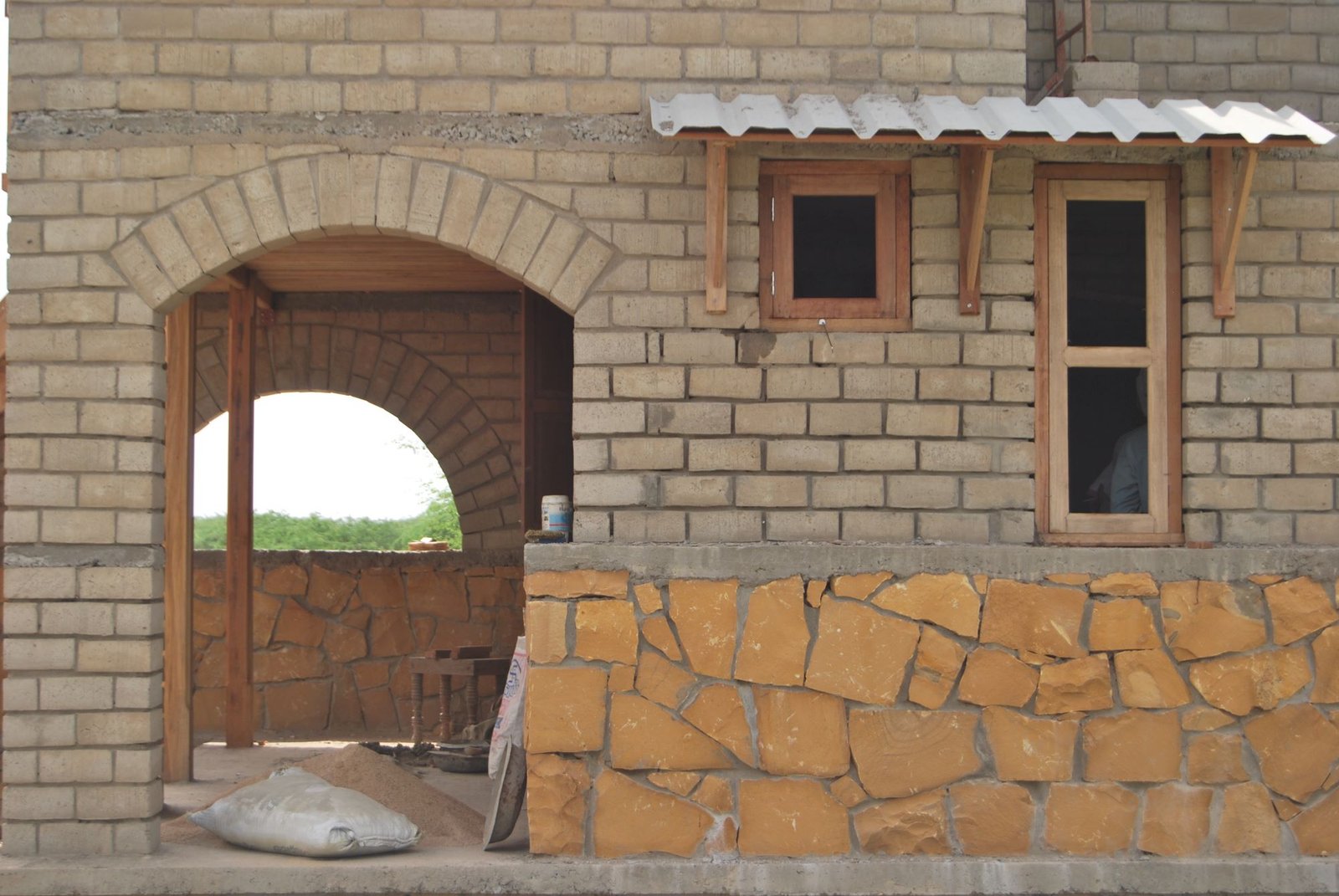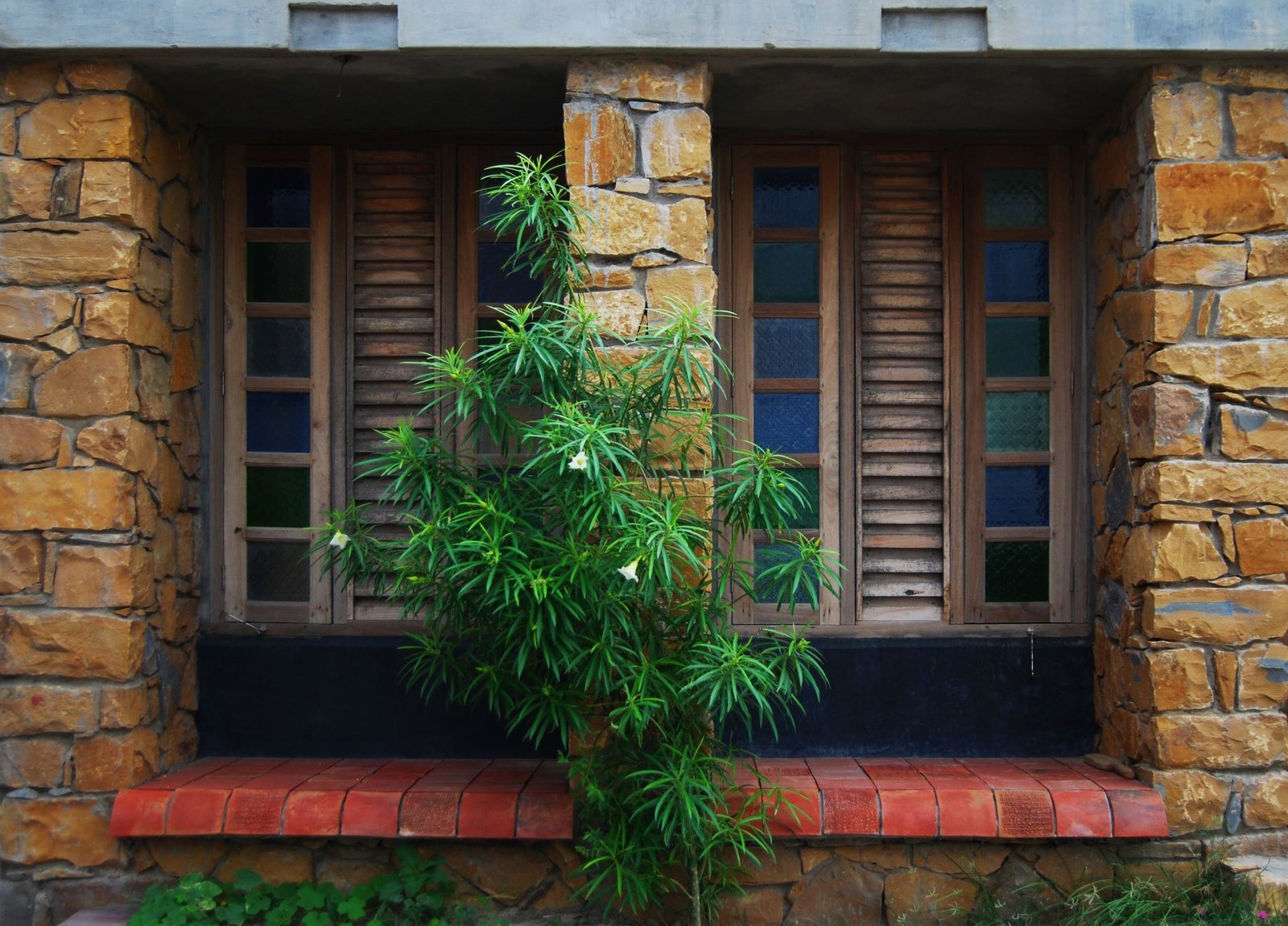
Aina regularly experiments and tries to push the boundaries of traditional skills and local materials. In 2019, Hunnarshala with support from CfP decided to start experimenting with the suitability of using indigenous wool (Desi Oon) as insulating material in architectural solutions. AINA‘s decision of working with wool was driven by two major factors:
1. Wool is an excellent insulator of heat and sound. This has been established by several studies. The ability to use wool to provide thermal insulation, acoustic insulation, and possibly reproof buildings will help AINA conceptualise and implement a wider breadth of projects. Wool in time, may also be able to replace rock wool and glass wool, whose manufacturing process is hazardous.
2. Additionally, India’s 74 million strong sheep produce close to 40 million kilos of wool each year. While indigenous wool was once procured by government agencies and local traders, the demand is close to a naught as we speak today. This has led to despair amongst the herders as well as a shift towards exotic breeds, introducing newer risks into the pastoral systems. Given the large volumes of local wool which are currently being discarded, ending a commercial application of the wool will contribute to not just greener buildings but also a greener ecologies and economies.
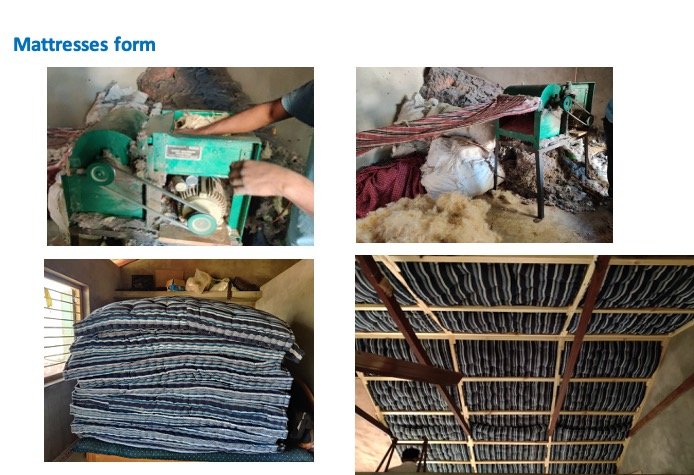
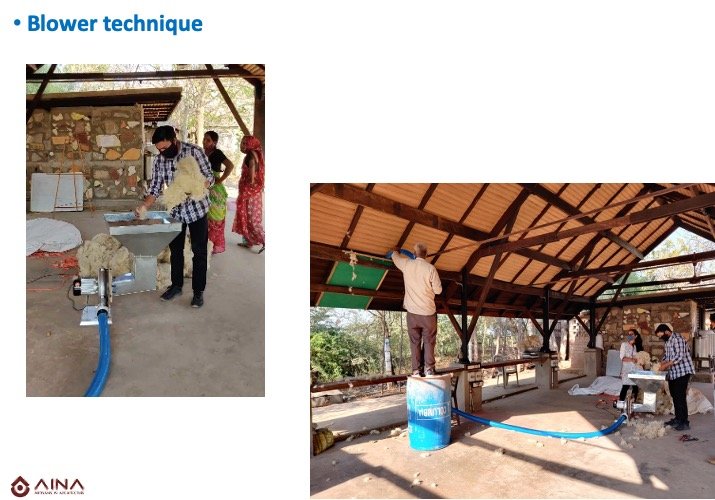

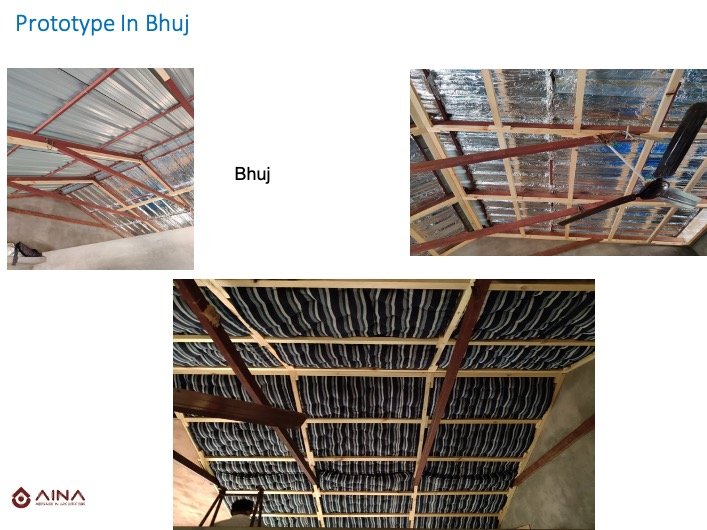
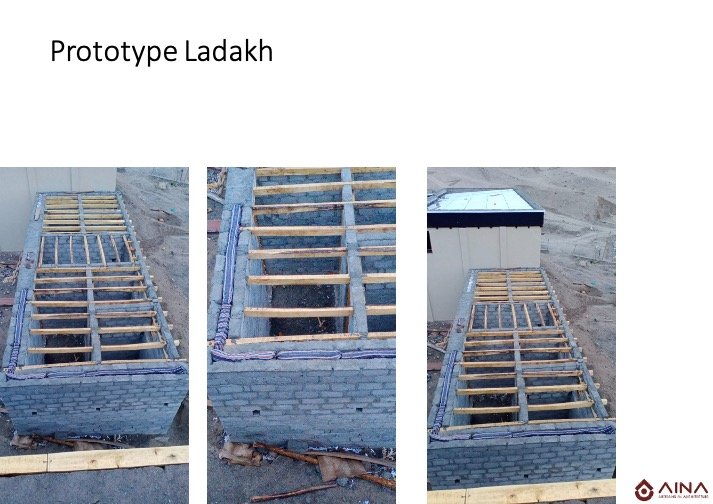
We set ourselves some guiding principles at the beginning of the project which have helped shape the paths we have chosen. Fundamental elements of this have been noted below:
- High percentage of wool: We have decided to stick to the use of indigenous wool as much as possible and avoid using other kinds of material
- Decentralised processes and production: We have tried to explore processes that are low tech and have few needs for complex tools, so that they can be adapted to and help develop livelihoods in rural areas.
- Low-cost solutions: We have tried to keep costs low so that the uptake can be high, and this does not become an elitist product.
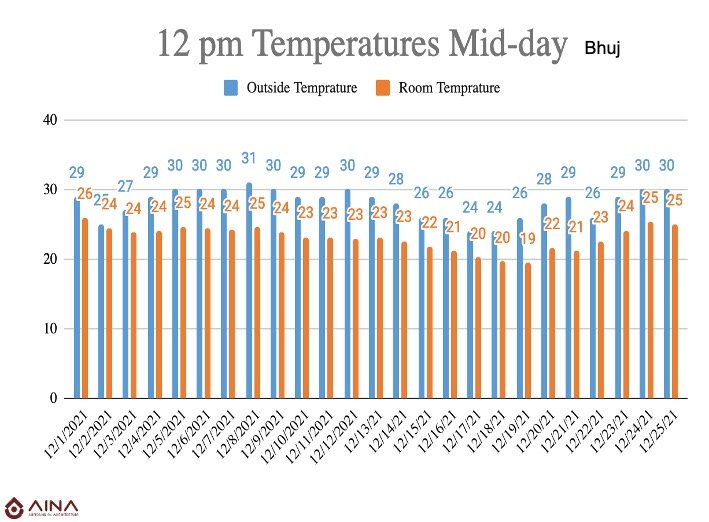
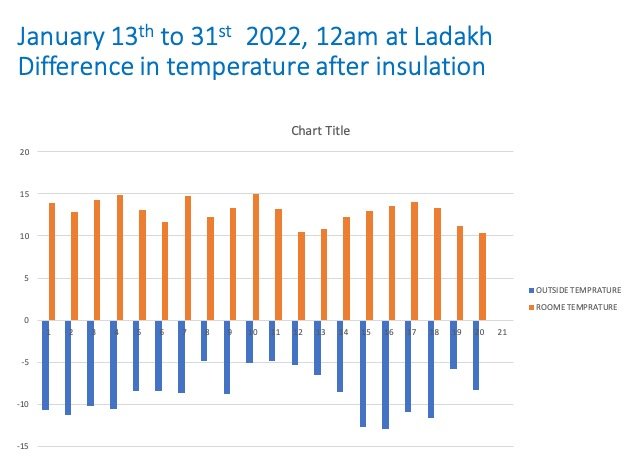

Prototype: Two prototypes were made and tested in phase 1, one in Ladakh and other in Bhuj to check performance in hot and dry climate. In Ladakh outside temperature was -25 degree and inside was +12 degree centigrade. In the same way in Bhuj we were able to reduce temperature by 5 degrees, less hot than outside.
Next: Three same types of prototypes are under construction to check performance of wool in comparison to other conventional insulation systems at Ramdev Nagar slum.

